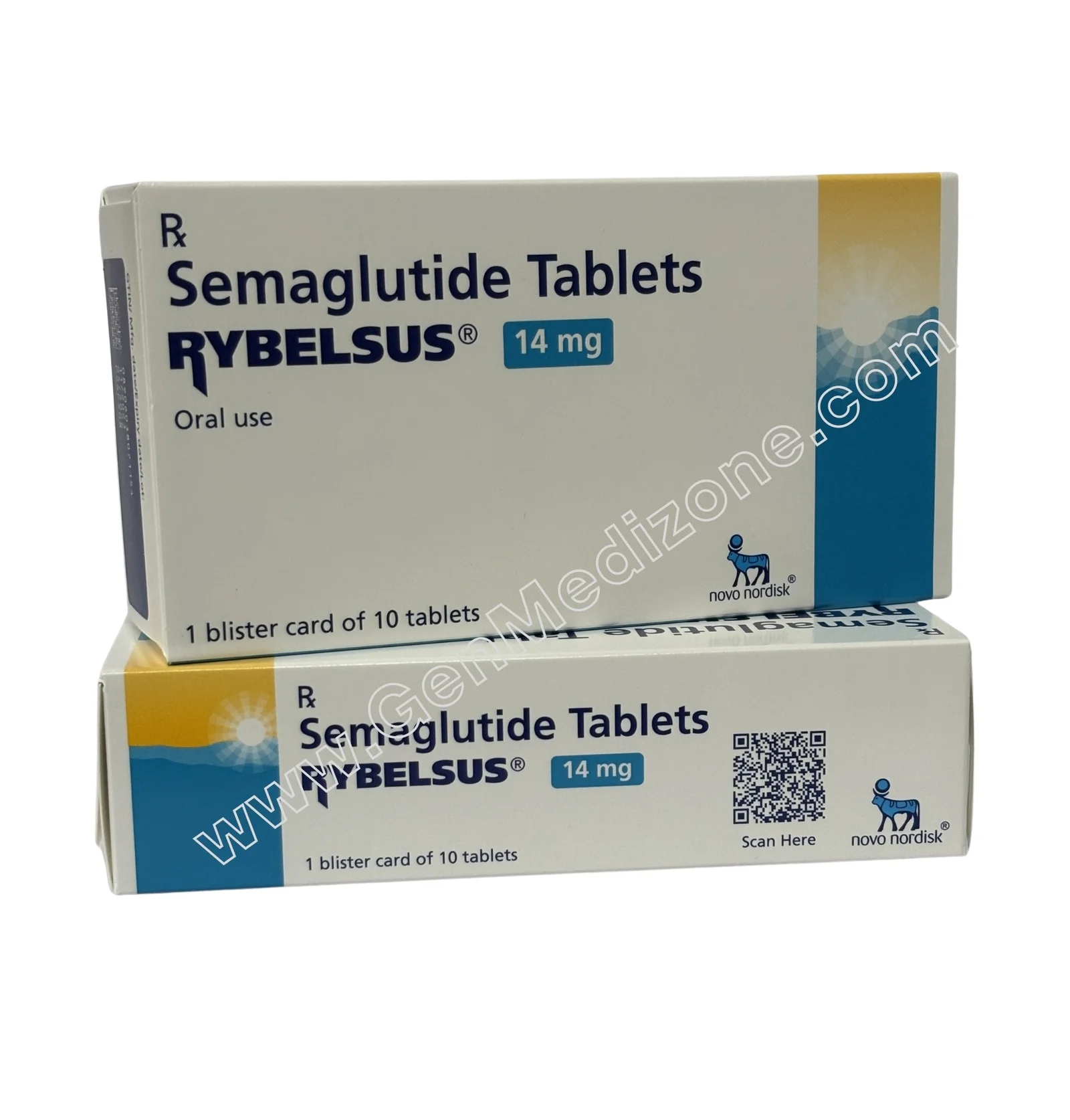Semaglutide Tablets A Comprehensive Guide to This Groundbreaking
In recent years, Semaglutide tablets have gained significant attention as a groundbreaking solution for the treatment of type 2 diabetes and obesity. Originally developed to help manage blood sugar levels, Semaglutide has also demonstrated remarkable efficacy in promoting weight loss, making it a dual-purpose medication that has become a key player in the medical and weight management fields. This comprehensive guide will explore everything you need to know about Semaglutide tablets, from how they work to their benefits, side effects, and availability.
What Are Semaglutide Tablets?
Semaglutide is a medication that belongs to a class of drugs known as GLP-1 receptor agonists (glucagon-like peptide-1 receptor agonists). Initially approved by the FDA for the treatment of type 2 diabetes, it is marketed under the brand names Ozempic and Rybelsus. In addition to its diabetes management benefits, Semaglutide has been approved under the brand Wegovy for chronic weight management in adults.
Mechanism of Action
Semaglutide mimics the actions of the GLP-1 hormone, which is naturally produced by the body and helps regulate appetite and insulin secretion. By binding to the GLP-1 receptors in the pancreas, Semaglutide stimulates insulin production while reducing the release of glucagon (a hormone that raises blood sugar levels). This leads to more stable blood sugar levels, especially after meals. Additionally, Semaglutide delays gastric emptying, which helps reduce appetite and supports weight loss efforts.
Benefits of Semaglutide Tablets
The benefits of Semaglutide tablets extend beyond blood sugar control. Let’s explore the major advantages that make this medication a game-changer in both diabetes management and weight loss:
1. Effective Blood Sugar Management
For individuals with type 2 diabetes, maintaining healthy blood sugar levels is essential to preventing complications such as heart disease, nerve damage, and kidney issues. Semaglutide has been shown to significantly improve glycemic control, reducing haemoglobin A1c (HbA1c) levels by up to 1.8% in clinical trials. This makes it an effective tool in diabetes management, especially for patients who struggle with traditional therapies.
2. Significant Weight Loss
One of the most remarkable effects of Semaglutide is its potential for weight loss. In clinical trials, participants using Semaglutide experienced an average weight loss of 15-20% of their initial body weight. This is particularly beneficial for individuals with obesity or those who are overweight with comorbidities such as diabetes or cardiovascular disease. The weight loss effect is driven by the medication’s ability to reduce appetite and increase feelings of fullness, making it easier to adhere to a calorie-restricted diet.
3. Cardiovascular Benefits
Studies have shown that Semaglutide provides substantial cardiovascular benefits, particularly for individuals with type 2 diabetes who are at high risk of heart disease. The medication has been proven to reduce the risk of major cardiovascular events such as heart attack, stroke, and death from heart-related causes. These protective effects are attributed to the drug’s ability to improve blood sugar control and promote weight loss.
4. Convenient Oral Administration
Unlike other GLP-1 receptor agonists, which are often administered via injection, Semaglutide is available in an oral tablet form (marketed as Rybelsus). This offers a convenient option for individuals who prefer not to use injectable medications, increasing patient compliance and improving overall treatment outcomes.
Who Should Consider Semaglutide Tablets?
Semaglutide tablets are primarily prescribed for individuals with type 2 diabetes who require better blood sugar control. However, they are also suitable for those seeking weight loss assistance, particularly when traditional weight management methods such as diet and exercise have not yielded satisfactory results. The following groups of people may benefit from Semaglutide:
- Adults with type 2 diabetes who need additional help managing blood sugar levels.
- Individuals with obesity or overweight adults who have comorbid conditions such as hypertension, sleep apnea, or high cholesterol.
- Patients at risk of cardiovascular disease, Semaglutide has been shown to reduce the risk of cardiovascular events.
Consultation with a Healthcare Provider
Before starting Jardiance 25 mg, it is crucial to consult with a healthcare provider to determine whether this medication is suitable for your individual health needs. Your doctor will evaluate your medical history, current medications, and potential risks before prescribing Semaglutide.
Potential Side Effects of Semaglutide Tablets
As with any medication, Semaglutide is associated with potential side effects, though not everyone experiences them. The most common side effects are typically mild and may improve over time as the body adjusts to the medication. These side effects include:
- Nausea: This is the most common side effect and is usually dose-dependent. It can often be managed by gradually increasing the dose.
- Vomiting and Diarrhea: These gastrointestinal side effects are common during the initial weeks of treatment but tend to diminish over time.
- Constipation: Some users may experience difficulty with bowel movements.
- Abdominal Pain: Mild to moderate stomach discomfort is possible.
- Hypoglycemia: Low blood sugar may occur, especially when used with other diabetes medications such as insulin or sulfonylureas.
Serious Side Effects
Although rare, serious side effects can occur, and it’s important to be aware of them. These include:
- Pancreatitis: Inflammation of the pancreas, which may cause severe abdominal pain and require immediate medical attention.
- Thyroid tumours: Animal studies have shown a risk of thyroid C-cell tumours, but this has not been confirmed in humans. Nonetheless, individuals with a personal or family history of medullary thyroid carcinoma (MTC) should avoid Semaglutide.
- Allergic reactions: In rare cases, patients may experience serious allergic reactions, including rash, difficulty breathing, or swelling of the face and throat.
How to Take Semaglutide Tablets
When taking Semaglutide tablets, it’s essential to follow your healthcare provider’s instructions closely. Typically, the medication is taken once daily, at least 30 minutes before your first meal or beverage of the day, with a small amount of water. The tablet should be swallowed whole and should not be chewed, crushed, or split. For best results, maintain consistency in the time you take the medication each day.
Dose Adjustments
To minimize side effects, especially nausea, your doctor will likely start you on a low dose and gradually increase the dosage over time. It’s crucial not to exceed the prescribed dose or make changes without consulting your doctor.
Conclusion: Is Semaglutide Right for You?
Semaglutide tablets represent a promising option for individuals seeking to manage type 2 diabetes, lose weight, and reduce their risk of cardiovascular events. Its dual benefits make it a valuable tool in modern medical practice. However, like any medication, it’s essential to weigh the potential risks and benefits in consultation with your healthcare provider. If you are struggling with blood sugar control or weight loss, Semaglutide may offer the solution you’ve been searching for.







Post Comment